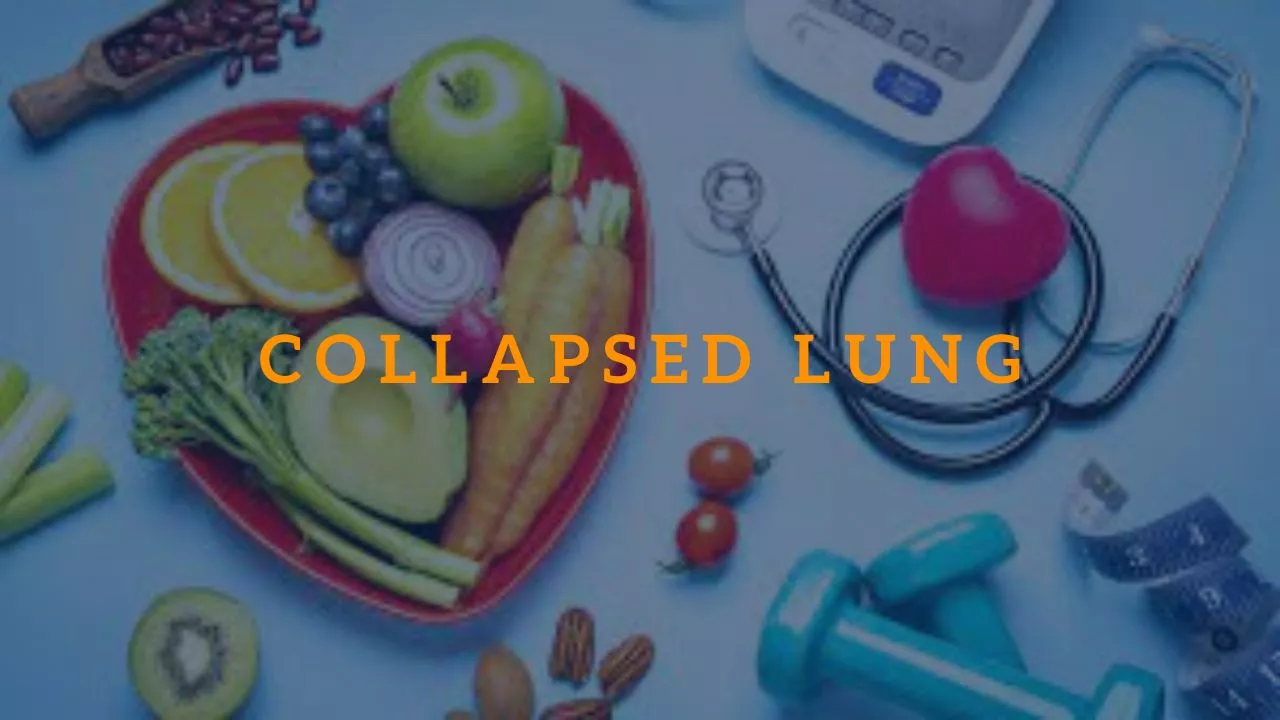A collapsed lung, also known as pneumothorax, occurs when air leaks into the space between the lung and the chest wall, causing the lung to collapse. This condition can be serious and requires prompt medical attention. In this article, we’ll take a closer look at the causes, symptoms, and treatment of a collapsed lung.

Introduction to Collapsed Lung
A collapsed lung occurs when air enters the pleural cavity, which is the space between the lung and the chest wall. This can cause the lung to collapse, making it difficult to breathe. There are several different types of collapsed lung, including spontaneous pneumothorax and traumatic pneumothorax.
Causes of Collapsed Lung
There are several factors that can cause a collapsed lung. These include smoking, lung disease, chest injuries, and medical procedures such as mechanical ventilation. In some cases, a collapsed lung can occur spontaneously, without an apparent cause.
Symptoms of Collapsed Lung
The symptoms of a collapsed lung can vary depending on the severity of the condition. Common symptoms include chest pain, shortness of breath, and a rapid heartbeat. In some cases, a collapsed lung can cause a cough, fever, or bluish skin.
Diagnosis of Collapsed Lung
Diagnosing a collapsed lung typically involves a physical exam, chest X-ray, and other imaging tests such as a CT scan or ultrasound. These tests can help to determine the severity of the condition and identify the underlying cause.
Treatment of Collapsed Lung
The treatment for a collapsed lung depends on the severity of the condition and the underlying cause. In some cases, the condition may resolve on its own without treatment. However, more severe cases may require treatment such as oxygen therapy, chest tube insertion, or surgery.
Prevention of Collapsed Lung
Preventing a collapsed lung involves avoiding risk factors such as smoking, treating underlying lung diseases, and taking precautions to prevent chest injuries. If you have a history of collapsed lung, it’s important to discuss preventative measures with your healthcare provider.
Conclusion
A collapsed lung can be a serious condition that requires prompt medical attention. If you experience symptoms such as chest pain or shortness of breath, seek medical attention immediately. With proper diagnosis and treatment, most people with a collapsed lung are able to recover fully and resume normal activities.
